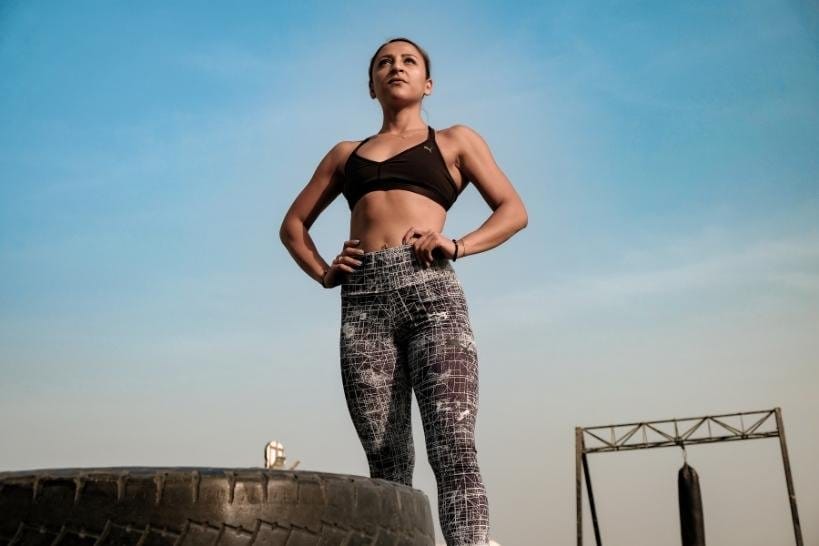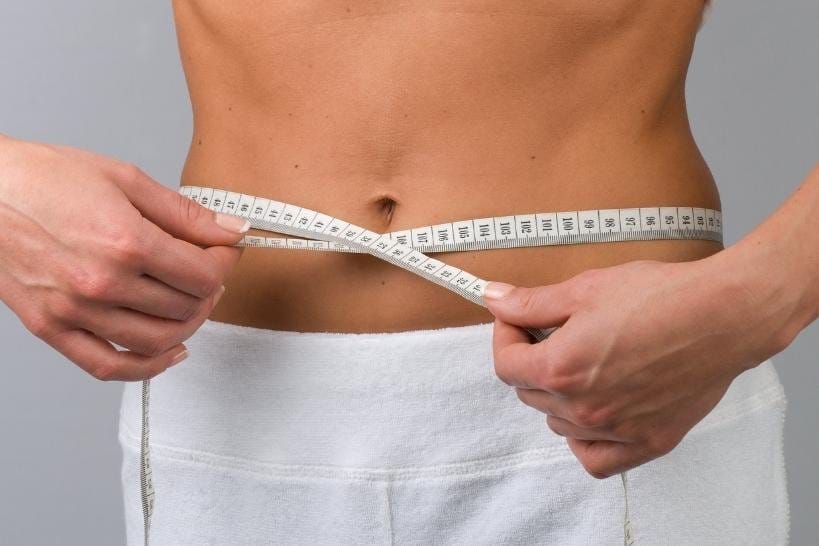We've always been taught that physical fitness is essential for our health and weight loss, but increased physical fitness has a huge number of health benefits you might not have considered.
Incorporating increased physical fitness into your daily routine can give you the following health benefits; better cognitive function, improved mood, better sleep, stronger bones, defence against chronic diseases, weight control and weight loss, reduced health risks, energy boost, better skin health, longer lifespan, better sex life.

In our guide below, we've discussed these direct health benefits in further detail, as well as how much exercise you should be doing to reap these benefits and the types of workouts for the best results.
Most of the time, many of us partake in physical fitness such as walking, and hobbies such as golf or tennis, but many of us forget just how important fitness is for our health and the impact regular and consistent exercise can have on preventing illnesses.
We've listed our top 11 health benefits of increased physical activity below to see how it can change your quality of life.

The impact of physical activity on brain health is highly beneficial, studies have shown that high physical activity levels can lead to clearer thinking and better academic performance, helping to keep judgements sharp and make better decisions.
Increased heart rate also pumps more oxygen to the brain which releases hormones for brain cell growth and promotes brain plasticity.
Not only can moderate exercise each day help brain health, but people who do regular activity per week also have a better balance between stress and anxiety, with a 30% less risk of depression.
This is because exercise releases hormones such as serotonin and endorphins while undertaking physical activity and after, and the best part about it is that it doesn't matter the type of aerobic activity you do, any exercise is great for your mental health.
Undertaking regular physical activity can help to promote better sleep, this is because of the restorative process that happens during sleep after exercise due to the energy lost, studies have also shown the temperature drop for active people to be greater during sleep.
Both resistance training and general aerobic exercise can help people who suffer from sleep disorders that affect the quality sleep, it also improves the amount of time it takes to get back to sleep after waking.
Muscle-strengthening activities and exercises such as running can improve your bone strength and protect muscle mass in your body as you age which is when you tend to lose bone strength and get joint issues, this also reduces the risk of falls.
During exercise, a hormone is released which allows your body to produce more amino acids for the breakdown and repair of muscles.
This could help to prevent the onset of osteoporosis and when paired with an adequate protein intake can help to grow your muscles.
For people who suffer from chronic health issues and disabilities, everyday activities which improve physical health can help to manage and improve your symptoms.
To give an example, for people who suffer from diabetes exercise can help to lower blood sugar, for adults with arthritis it can also help with the pain of the chronic disease.
Physical activity programs have also been shown to help improve strength in people who suffer from disabilities, allowing them to be more independent.
By far the most popular health benefit of exercise is how it burns calories and fat, incorporating a regular exercise program paired with a calorie deficit in your diet can lead to a reduction in body weight and also boost your metabolic health, which is often put under stress when dieting without exercise.

If you are a healthy body weight then resistance exercise and aerobic exercise can also help you to maintain your weight in the long run and keep muscle strength.
We all know exercise can make us healthier, but it can reduce our chances of getting sick too. At least 30 minutes of aerobic exercise or resistance training each day can help us lower our risk of getting the following illnesses -
Lots of people assume that more daily activities like fitness would make them more tired, but improving your physical activity can give you much more energy.
Participating in moderate-intensity aerobic activity has been said to help symptoms improve in people who suffer from chronic fatigue syndrome.
This is thought to be due to the fact exercise helps to improve the function of cardiovascular activity, allowing your heart to deliver oxygen quicker and more efficiently to the muscles in your body, putting less stress on the lungs, hence why you feel less out of breath.
Oxidative stress can make your skin quality poor due to the number of free radicals in your body, too much physical activity can make this worse, but moderate activity can make it better, which is why balance is key.
Just 30 minutes of activity per day can help to produce natural antioxidants and stimulate blood flow, making the appearance of your skin look better.
A moderate amount of activity per day can help you to live longer, this is due to lessened risks of contracting illnesses and diseases leading to premature death. Even steps can help with increasing your lifespan, between 8000 and 10,000 for older and younger people.
Huge links have been shown between active women and men and better sex life, this is due to two reasons, number one, physical activity in adults can help to improve self-confidence and body image in people.
Number two is that exercise helps your stamina and energy levels and allows you to have better sexual performance.
The rules around how much physical exercise you should be doing to reap the full benefits changes a lot according to your weight, fitness and age.
We've listed some physical activity guidelines below to help give you an idea.
Most doctors and health professionals suggest that we should be increasing our physical fitness, but what type of exercise is the best?
Well, any exercise can be beneficial to your health, whether you choose resistance training or aerobic exercise, walking is even better than no exercise.
We've listed the four most important types of exercise to integrate into your physical fitness routine below.
Regular strength training is a very important exercise since we lose strength as we age, it can help with daily chores like lifting heavy bags and also lower pain in your joints.
Strength training can also help with bone growth and weight control, you should aim to do this type of exercise at least two times a week.
Some strength training exercises could be a squat, push-ups, lunges, lifting weights or working out with a resistance band.
Stretching is an underrated form of exercise, it helps to maintain your flexibility, as we age, our muscles get shorter which can make it harder to bend down, stretching around 3-4 times a week allows you to maintain flexibility, this can be through dynamic stretches and standstill stretches such as arm circles.
As we already know, aerobic exercise is very important for you and relates to exercises such as; running, brisk walking, swimming, cycling or dancing. Aim to do this 150 minutes a week as we mentioned above, this will help to improve your energy levels and lower health risks.
As we get older, balance issues can happen which makes falling more likely, integrating balance exercises such as walking heel to toe or standing on one leg can help to reduce this from happening.
Try to do a few balance exercises at the end of each resistance or aerobic exercise.

Overall, try to incorporate at least 150 minutes of moderate exercise each week to get all the health benefits from exercises such as improved mood, lower risks of chronic health diseases and better energy levels.
Exercise can be split into resistance training and aerobic exercise to help improve your bone and muscle strength, we would also suggest involving stretching and balance exercises.
To help stick with exercise regularly, try to find a type of exercise you like, whether it be dancing or cycling to make it seem more fun.